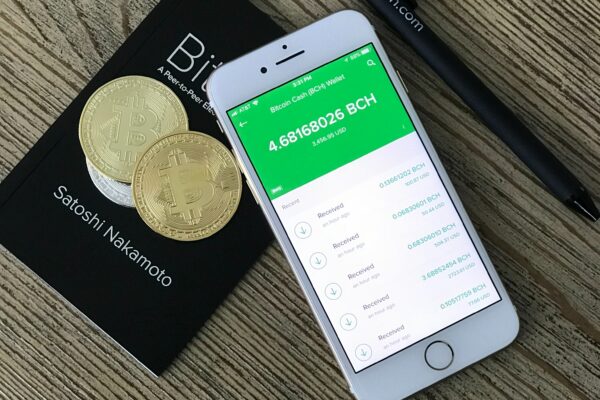Centralised Finance vs. Decentralized Finance
Out world is currently operating within a centralized financial environment, meaning that all financial operations, such as payments, loans, trading and so on are done via third parties, which facilitate these operations, and are regulated by governments.
The existence of such middlemen and regulator leads to the following problems:
- Not everyone has access to financial services. For example, not everyone is allowed to open a bank account and have access to financial services, which, in turn, prevents such people from being employable and getting paid.
- Centralized financial institutions are heavily controlled and influenced by regulators and governments.
- Trading hours are often limited to business hours and due to human processes, financial operations can take a very long time.
- Financial institutions charge high fees for their services.
Decentralised finance (DeFi) is, essentially, an umbrella term for P2P platforms that operate on blockchains, and the objective is to make financial operations accessible to anyone, by removing the middleman and returning control over finances to users. One could think of DeFi as being a decentralized Wall Street, which deals exclusively in crypto and offers crypto versions of almost all the products that offered by the traditional financial institutions minus rigid controls that govern the existing financial systems.
One of the biggest advantages of using decentralised finances is accessibility. To open a standard bank account, a client needs to submit paperwork and get approved by the bank. With DeFi there’s no need to provide any personal information or an email address. One opens a wallet by creating a password and a secure recovery phrase, regardless of who and where the user is.
DeFi offers most of the things that banks support – borrow and lend money, apply for a mortgage, buy insurance, transfer money, earn interest, trade assets and so on. But unlike traditional financial institutions, the processes will be much faster and won’t require paperwork or third-party approval.
However, because DeFi is mostly unregulated, there are fewer safeguards that traditional financial institutions have and hence a higher risk of being hacked or scammed. And even though there’s no KYC process, DeFi cannot provide full anonymity, meaning that even though transactions don’t include an individual’s name, they are still traceable by the entities that have access to ensure protection of an individual’s financial interests.
How does DeFi work?
Most DeFi-s are built on Ethereum because of its platform for smart contracts, which automatically execute transactions, provided that certain conditions are met. Smart contracts don’t require a traditional financial institution to act as a guarantor for a transaction, as they are self-executing. Participants interact directly with each other and each party inputs conditions, the simple ‘If this… then…’ that are written in code, which, when fulfilled, will enable the smart contract to be executed without the need for a central authority.
Transactions are then recorded in blocks and verified by other users. When verifiers agree on a transaction, the block is closed and encrypted, and another block is created, carrying the information about the previous block within it. This means that blocks are chained together through the information that’s contained in each preceding block. Since the information in the previous block cannot be changed without affecting the following block, there’s no way to alter a blockchain. Which means that once a smart contract is set up, it cannot be altered, making it a more secure and transparent way for participants to transact with each other.
DeFi applications
Being a P2P platform, DeFi enables two parties to directly negotiate the terms of a transaction, rates without the need for a third-party approval. For example, the platform can accommodate one’s loan needs, an algorithm would match peers that agree on the lender’s terms, and a loan is issued. DeFi here replaces intermediaries, such as banks, that usually manage the process.
With DeFi an individual can find people that are willing to trade almost any crypto asset for fiat or almost any other asset, and once again, there is no need for any third-party approval.
A more familiar DeFi application is stablecoins, such as USDC, USDT and so on, that are tied to stable currencies or assets, such as the US dollar or gold, which makes them better suited for everyday transactions, unlike other highly volatile cryptocurrencies.
Conclusion
To reiterate, decentralised finance is a system that allows individuals to eliminate intermediaries and transact directly with each other through emerging technology. Wherever there’s internet access, one can manage assets, transfer, borrow and lend money by using the software that records and verifies transactions in distributed financial database, which is universally accessible.
And even though DeFi is still a relatively new concept, it’s quickly growing and gaining popularity. At Tencoins we’ve been hard at work, exploring the opportunities and the possibilities of DeFi.




